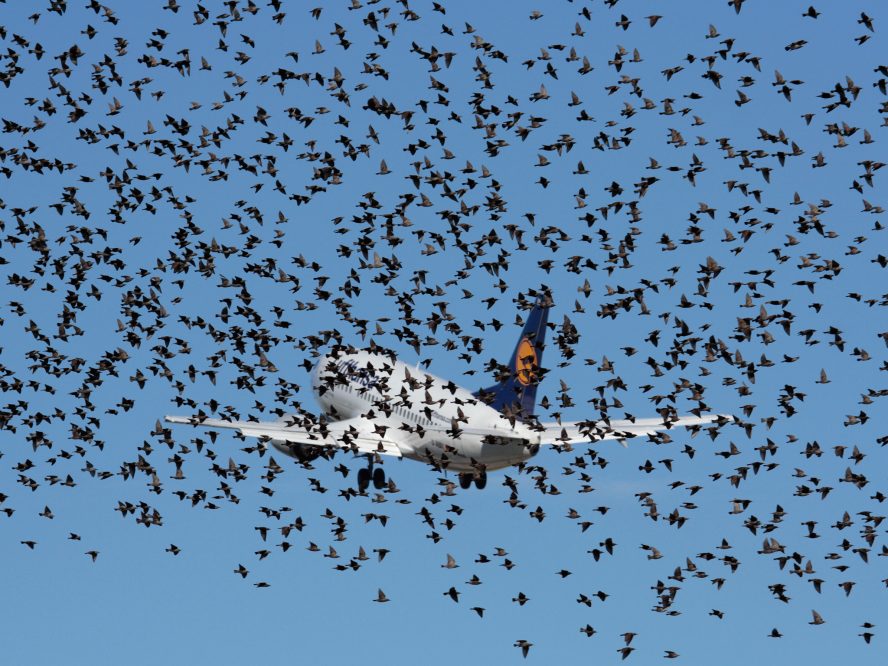Bird control problems vary between airports due to different factors that attract birds. Each airport has its unique appeal to birds based on factors such as food availability, water sources, shelter, nesting habitats, and roosting areas. The specific bird species and the time of year also influence their attraction to airports. Birds may be drawn airports for various reasons, including access to earthworms, grasshoppers, seeds, water, suitable nesting sites, or nearby woods for roost. Each bird species exhibits distinct behaviors, habitat preferences, preferred foods, loafing and roosting habits, flocking tendencies, and seasonal occurrence patterns. Additionally, features in the vicinity of airports, even at a distance, can pose different bird hazards to aircraft safety at each location. For instance, if an airport situated between a nighttime roosting area and a daytime feeding area like a landfill, the flightlines of birds between these areas can create significant hazards.
However, there are certain characteristics of birds and bird control requirements that are common across most airports. Airports typically encompass large, open areas, making products and techniques effective over extensive spaces more suitable. The primary objective is to keep birds off the airfield entirely, rather than relocating them within the same area. Not all bird species are attracted to these open habitats, and not all of those attracted pose risks to aircraft safety. Common "problem" groups include gulls, waterfowl (ducks and geese), rock doves, blackbirds, starlings, crows, hawks, eagles, owls, and snow buntings. Therefore, implementing products and techniques that effectively address these groups can often resolve most bird control issues at an airport. Bird control measures may be necessary year-round and sometimes round-the-clock. Consequently, techniques employed at airports must provide long-term deterrence birds from the airfield and its surroundings. While short-term may be required in certain situations, achieving long-term results is crucial at airports. Unlike in other contexts like agriculture, where dispersing or deterring birds for a few days weeks (e.g., before harvest) suffices and habituation is of lesser concern, airports demand sustained effectiveness. In some cases, nocturnal control measures may also be necessary. When bird overflights become problematic, control programs extending beyond the airport boundaries are needed.
The foundation of any successful airport bird control program lies habitat control. By making the airfield less attractive to birds, particularly the most problematic species, the root cause of the problem can be addressed. It's important note that modifying factors that appeal one species may create better conditions for another due to their distinct habitat preferences. Nevertheless, altering large areas of suitable habitat and removing highly attractive features can significantly reduce the need for active control measures. Attempting to clear an entire airfield of birds solely through active control methods is a daunting task. Habitat modification can effectively limit the areas within an airfield that attract birds, allowing more focused implementation of active control measures in these specific zones.
Pestman Bird Repellent can use taste, smell and touch to prevent birds from using the area near the airport as a habitat and stay away from the airport.






